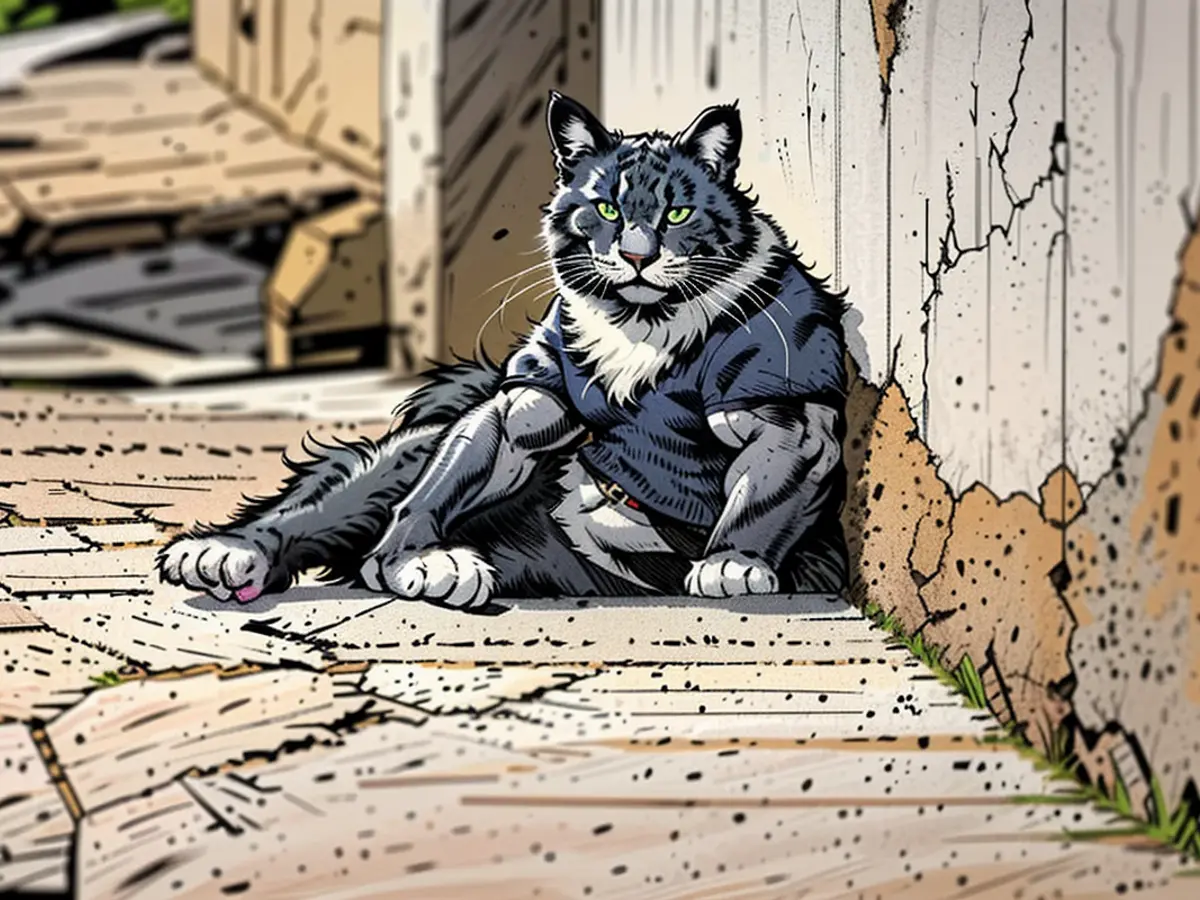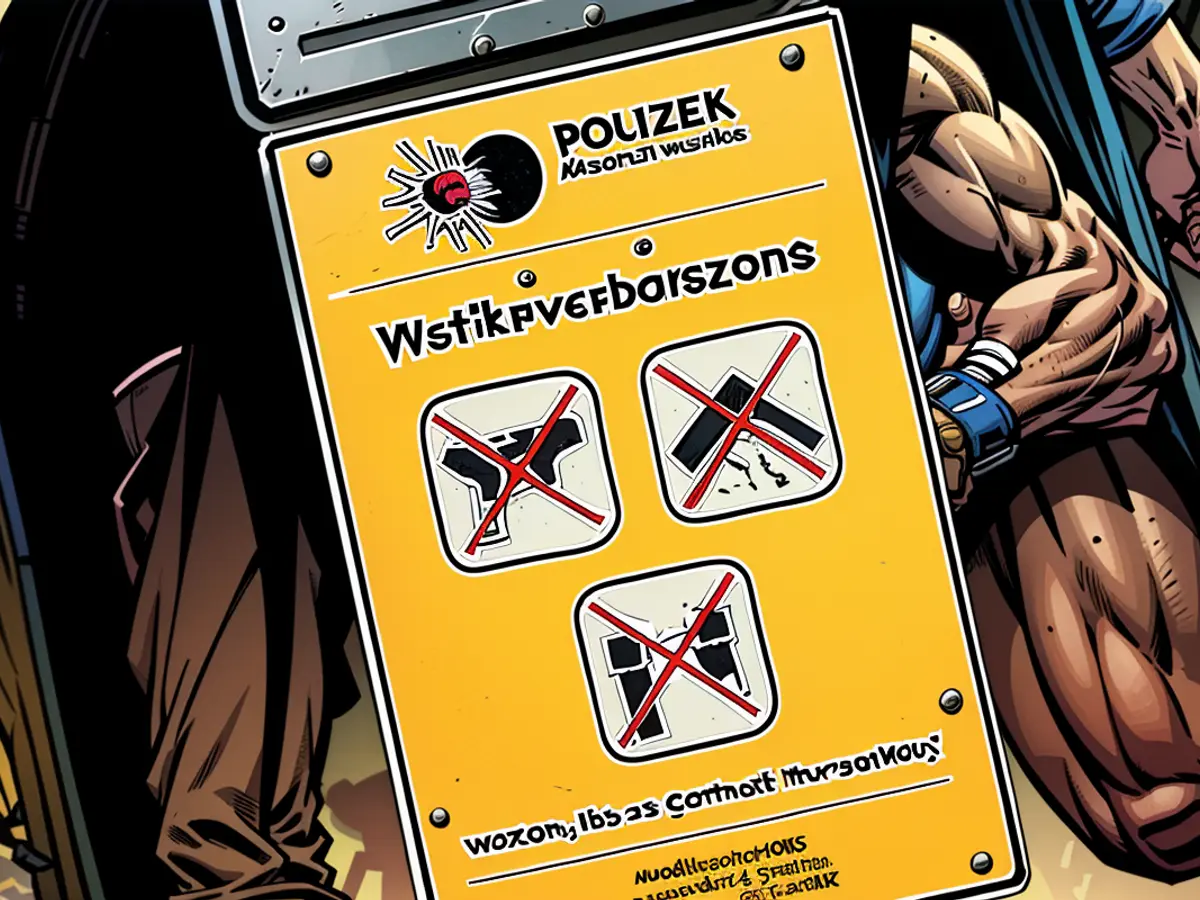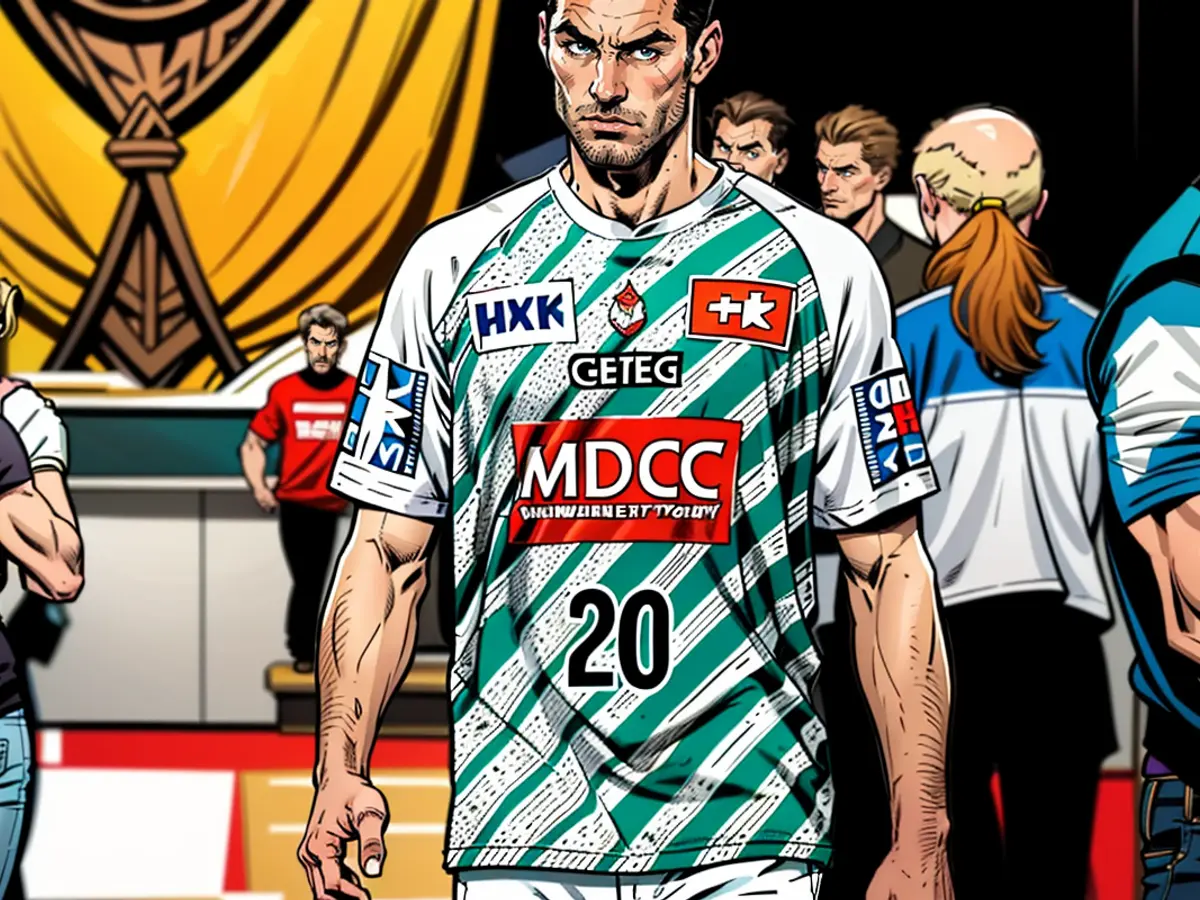- Cats possess a Compact, Gulping Abdomen for Consumption
In certain felines, it's quite apparent when they're lounging on their side – a tiny tummy makes an appearance. It resembles an excess skin fold or a layer of excess fat with fur. Is it just an accumulation of excess weight? Or is it a result of improper sewing after a vet operation?
Far from it, especially if the feline is at a healthy weight. This little potbelly is common in felines and serves important physiological functions. Not just domesticated cats, but also their wild relatives and ancestors like lions and tigers possess this feature.
The British have a more refined term for the cat's belly
There are numerous terms for the small protrusion beneath a domesticated cat in articles discussing this phenomenon. Two of these are "ur-pouch" or "fat purse". In the English-speaking world, they refer to it as a "primordial pouch", which means "primordial pouch" or "ur-pouch" and sounds much more appealing than references to "belly".
Since we're not English nobility, let's stick with "fat purse" – and get close to the functional aspect of the little paunch: The extra skin folds on the belly actually act as protection for the feline's internal organs, functioning like a cushion to ward off attacks – say, from other cats or sharp claws. Therefore, the feline has an additional protective layer at its sensitive body areas. Anyone familiar with feline fights can envision the utility of an extra buffer.
Extra skin – the feline can extend and climb better
The "ur-pouch" isn't just for protection, as detailed in a series of articles. It provides domestic felines with more freedom of motion. With the extra skin and small pad, they can stretch and expand more, which aids climbing, for instance.
Some individuals believe that the small fold of fat on the belly in female creatures is solely due to improper sewing following an operation. Although this isn't accurate, this little "potbelly" only appears in mature felines. Moreover, the older the tomcat or feline, the weaker its connective tissue. Additionally, castration impacts the hormones of the animals, further weakening their connective tissue and promoting the formation of belly folds, as stated by the Dortmund Cat Welfare Service, for example.
The little belly has no links to obesity
Mature felines with a little potbelly often maintain good health and a robust physique. However, excessive fat accumulation should be avoided. Obesity is harmful to cats just as it is to humans. And if the belly flares up or detectable changes in tissue occur, such as palpable changes, a trip to the nearest vet is definitely advisable.
Sources: Dortmund Cat Welfare Service, "Livescience.com"
This feature is not exclusive to domesticated cats; even wild cats like lions and tigers possess this physiological characteristic. The following are the main categories of veterinary practice: Proper sewing after an operation can prevent the misconception that the feline's belly is a result of improper stitching.








